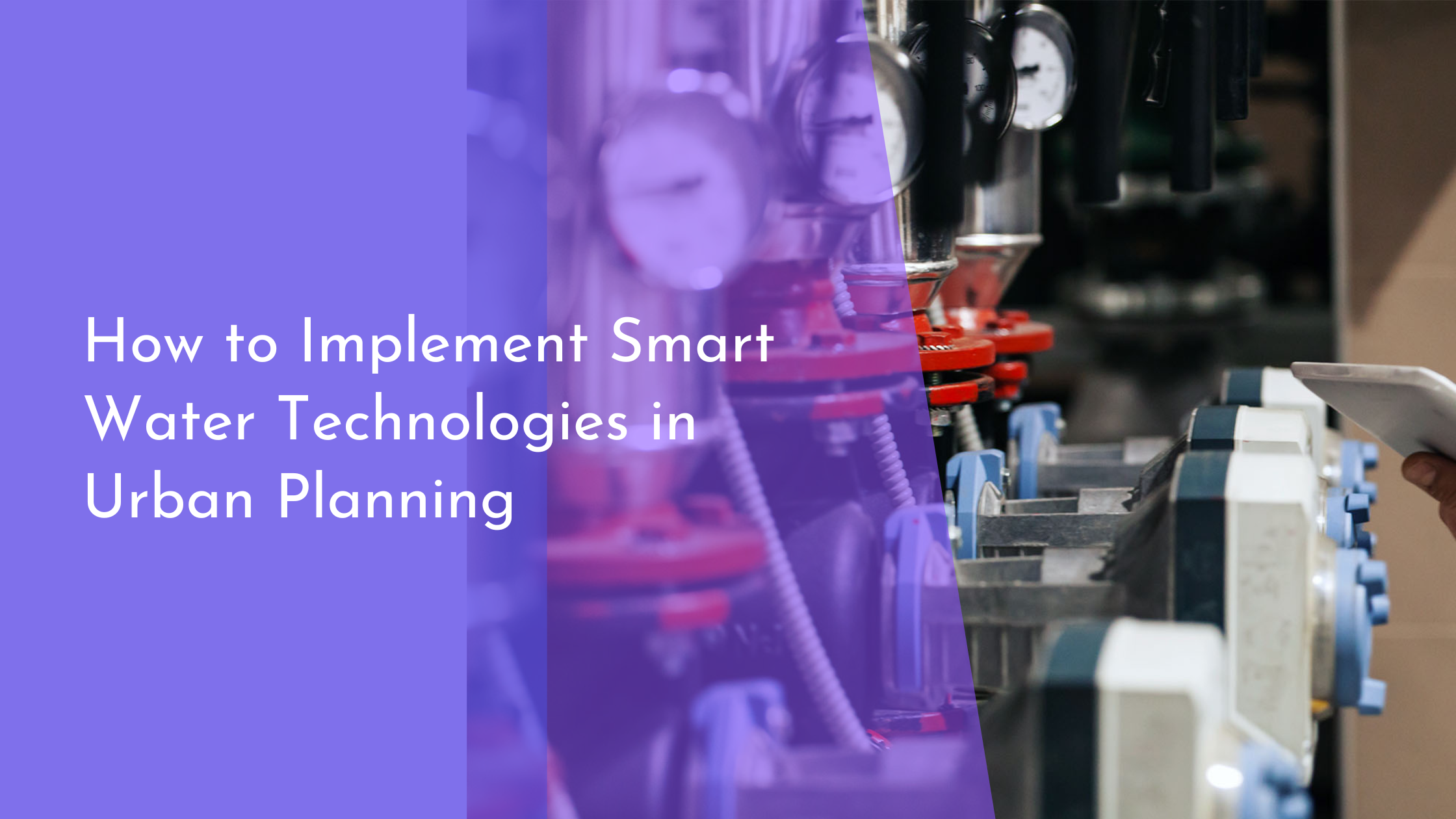How to Implement Smart Water Technologies in Urban Planning
In an era where urbanization is rapidly increasing, the demand for sustainable water management solutions has never been more critical. Smart water technologies offer a promising avenue to address the multifaceted challenges of urban water management. These technologies not only enhance the efficiency of water delivery and usage but also ensure the sustainable conservation of this precious resource. In this article, we explore the fundamental aspects of smart water technologies and provide a roadmap for their effective implementation in urban planning.
Understanding Smart Water Technologies Basics
Smart water technologies encompass a range of tools and systems designed to optimize water use and management through real-time data collection, analysis, and automated control. These technologies include advanced metering infrastructure (AMI), which enables accurate tracking of water consumption patterns, and intelligent leak detection systems that help in identifying and rectifying leaks promptly. Additionally, smart irrigation systems can adjust water usage based on weather data, ensuring optimal water use for landscapes while reducing wastage.
Implementing smart water technologies begins with understanding their potential benefits and functionalities. These technologies offer a data-driven approach to water management, providing urban planners with critical insights into water consumption and distribution patterns. The integration of IoT devices, data analytics, and cloud computing in water systems allows for predictive maintenance and rapid response to potential issues. Ultimately, these technologies lead to more efficient water use, reduced operational costs, and improved service delivery.
Evaluating Urban Water Management Needs
Before integrating smart water technologies, it’s essential to evaluate the specific water management needs of the urban area in question. This involves a comprehensive analysis of current water infrastructures, usage patterns, and potential areas of improvement. Urban planners need to assess both the supply-side requirements, such as the efficiency of water treatment and distribution systems, and demand-side factors, including the consumption habits of residential, commercial, and industrial users.
Furthermore, evaluating urban water management needs calls for a holistic understanding of environmental challenges, such as climate change and population growth, which can impact water availability and demand. By identifying these challenges and understanding the existing inefficiencies, urban planners can tailor smart water technologies to address the most pressing needs. This targeted approach ensures that resources are allocated efficiently, resulting in a more resilient urban water management system.
Integrating Smart Solutions into Infrastructure
The integration of smart water technologies into urban infrastructure requires strategic planning and collaboration among various stakeholders. Urban planners need to work closely with technology providers, local governments, and community organizations to design systems that meet the unique needs of the city. This collaboration ensures that the technologies are compatible with existing infrastructures and regulations, thereby facilitating a seamless transition to smarter water systems.
Moreover, integrating smart solutions involves a phased approach, starting with pilot projects that demonstrate the technologies’ effectiveness. These projects provide valuable insights into potential challenges and benefits, helping refine strategies before wider implementation. As part of this process, urban planners should establish clear goals and metrics for success, such as reducing water loss, improving leak detection, and enhancing user satisfaction. By doing so, they can ensure that smart water technologies deliver tangible improvements to urban water management systems.
Encouraging Community Engagement and Support
Community engagement is a crucial component of successful implementation of smart water technologies. Public awareness campaigns and educational programs can effectively communicate the benefits of these technologies, encouraging residents to adopt water-saving practices and support infrastructural changes. By actively involving the community in the planning and implementation process, urban planners can foster a sense of ownership and responsibility towards water conservation efforts.
In addition to engagement, garnering community support can be achieved by demonstrating the tangible benefits of smart water technologies, such as cost savings and improved service quality. Offering incentives for households and businesses to adopt water-efficient practices can further bolster support. By creating an environment of collaboration and mutual benefit, urban planners can ensure the long-term success of smart water initiatives.
Incorporating smart water technologies into urban planning is not just a strategic decision but a necessity for sustainable development. These technologies offer a comprehensive solution to the challenges of urban water management, promoting efficient resource usage and driving environmental conservation. By understanding the basics, evaluating needs, integrating solutions, and engaging the community, urban planners can effectively harness the power of smart water technologies to create resilient and sustainable urban environments. This proactive approach not only safeguards our water resources but also paves the way for smarter, more sustainable cities of the future.


